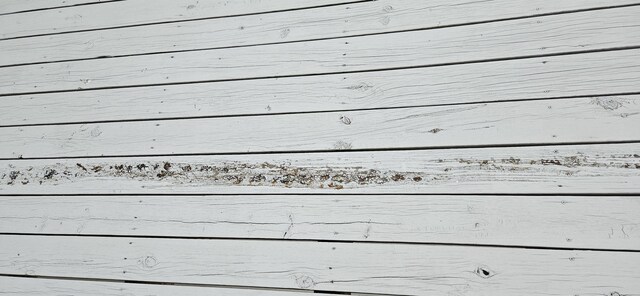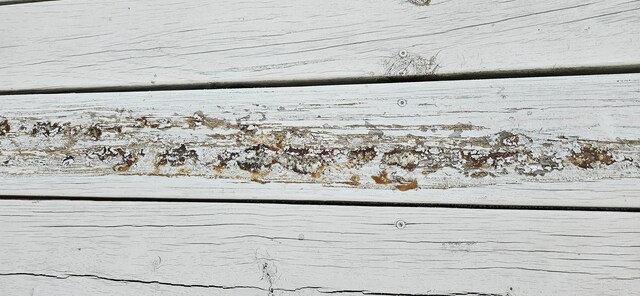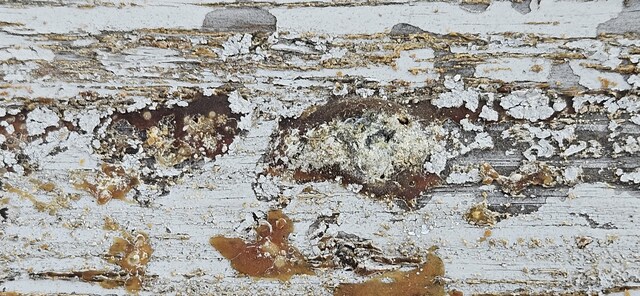Share your craft projects
Make new craft buddies
Ask craft questions
Blog your craft journey
bigblockyeti
1229 posts
and
12 followers
in over 11 years
in over 11 years
Wood defects and how they come to be
Ever since I bought my sawmill I've been studying how to best dry wood without a kiln, this is obviously to maximize how much of the wood is marketable and minimize how much ends up as firewood. I'm OK but not great and since I haven't the ability nor the desire to complete with folks who have faster mills, a kiln and all the material handling equipment that can make the price of a mill into a rounding error that few consider before diving into milling, I stick with high margin woods. For me and given what's locally available, that's cherry, walnut, maple sometimes cedar and white oak. This isn't about any of that though, this is about some 40+ year old PT southern yellow pine. Given the age, I'm certain it was CCA and not ACQ treated though that may or may not make a difference. This is your basic 2×6 from 1980 that's been a deck board all it's life along with those pictured adjacent. This board has been oozing sap since installation and I suspect, though I'm not certain, it's been cleaned off before. This board has pumped out nearly a half pint of sap that congealed to an extremely high viscosity feeling almost like cured silicone caulk. It's the only one of 81 boards that has exhibited this behavior.
3 Replies
Not sure of the cause, but that board is screaming replace me.
Through the years I have seen several of these bad boards that acted a lot like what you are describing. Many were either just plain white wood, or before any treatments were mainstream. I think the problem is the wood itself more than any treatment, so I wouldn't read that much into it. Just a bad stick of wood.
Through the years I have seen several of these bad boards that acted a lot like what you are describing. Many were either just plain white wood, or before any treatments were mainstream. I think the problem is the wood itself more than any treatment, so I wouldn't read that much into it. Just a bad stick of wood.
Likely the case. This was purchased by a production builder from the low bidder in 1980 (or late 1979). QC was likely not well enforced. At any rate this is at the beach house that's slated to be sold and no improvements are planned before it hits the market so I'm highly disinclined to do more work for free while paying to use the house.
Those are probably pitch pockets. Fairly common in pine but usually not quite such a big pocket. Big pockets like that are probably the result of an injury to the tree at some point which left a void as the tree continued to grow around it and it filled with pitch.
--Nathan, TX. Hire the lazy man. He may not do as much work but that's because he will find a better way.













